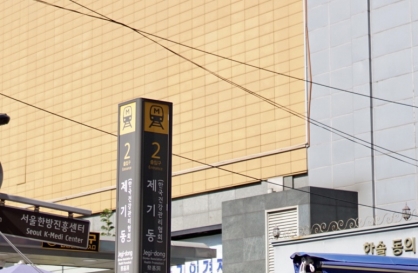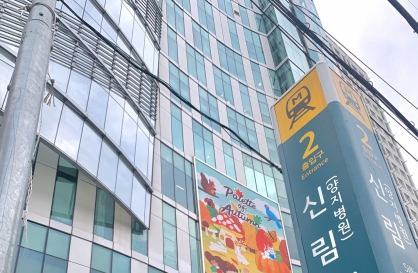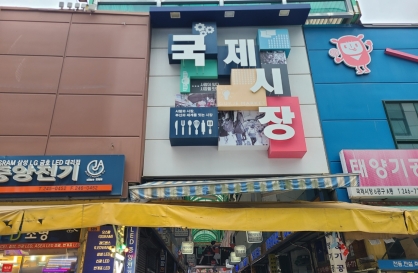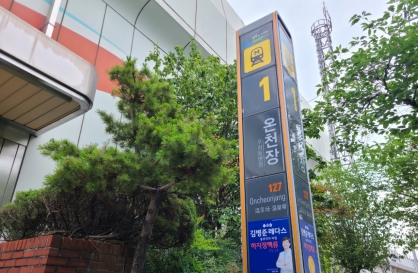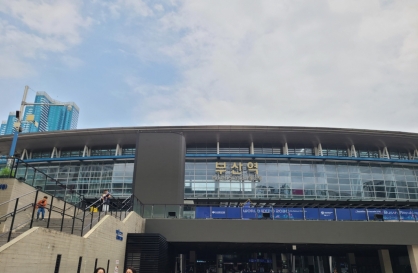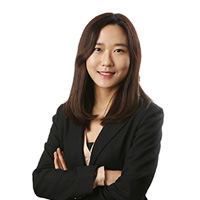Most Popular
Subway Stories
[Subway Stories] Busan's forgotten hot springs town
By Jung Min-kyungPublished : July 1, 2023 - 16:01


South Korea’s second-largest city, Busan, entices tourists with its delectable cuisine, vibrant beaches and dazzling cityscape. However, few visitors know that the city’s main attraction used to be its hot springs.
Oncheonjang Station, a stop on Busan metro's Line No.1, is wher
e the origin of the city’s history as a hot spring destination lies.
With the bathhouses and hotels that once adorned the area mostly gone, a replica of the streetcar that once transported visitors to and from the hot springs offers a glimpse into its glory days.
However, the Busan government and local businesses are looking to revive the neighborhood into a global tourist attraction.

The legend
Oncheonjang’s hot springs, known as the Dongnae hot springs, trace their origins to the Silla era (57 BC-935 AD). Historical records tell us that Silla’s nobles frequented the mineral-rich thermal springs for their therapeutic benefits.
According to legend, there lived a limping old lady who found a crane hurt and limping like her. She nursed it back to health and before flying away, the crane circled a body of water. There, she found a hot spring. After soaking her body into it, the old woman no longer limped.
Near the entrance to the Oncheongjang town, visitors can see the golden statues of an old lady and a crane.
Next to the statues is a replica of the streetcar, which speaks to a time of Japanese colonization in the early 20th century. The Japanese built bathhouses and hotels, turning the area into a fully fledged hot spring resort town.

The streetcar resembles a US-made model that was brought here in 1927 to replace an older one that had been in use since 1915, an explanation provided by Busan Metropolitan Government shows.
A new, better streetcar was needed to enhance accessibility, as the town drew an increasing number of visitors, the explanation reads. In addition to the new car, the number of streetcar stations increased as well.

An old hand-drawn map, displayed next to the streetcar replica, depicts its historical service routes.
The streetcar operation stopped in 1958 after the 1950-53 Korean War and Oncheonjang began to lose its luster over time as Busan entered a period of rapid industrial development.

Hot springs then and now
The Hurshimchung hot springs are the largest and one of the few remaining bathing spots in the town. It is owned and operated by Korean conglomerate Nongshim Group, Korea's largest instant noodle and snack manufacturer.
It was built in October 1991 in a location where one of the first Japanese-style bathhouses used to stand.
The old bathing parlor was built in 1907 by a Japanese merchant named Toyota Fukutaro, according to information provided by the city government. It was built shortly before Japan officially annexed South Korea.
Many of Oncheonjang’s Japanese-built and owned bathhouses were exclusively for Japanese guests. Koreans were banned from entering the facilities at the time.

Hurshimchung is a modern facility with a capacity of 3,000 people in an area of some 4,298 square meters.
A spokesperson for Hurshimchung claimed it to be one of the largest hot springs in East Asia, with 40 different types of spa, including a cave bath and outdoor areas. The venue is also connected to Hotel Nongshim.
The price is 12,000 won per adult ($9) for a one-day ticket during weekdays and 15,000 won on weekends. Discounts are offered to visitors in a group of more than 20 people.
The spa saw around 10 million annual visitors in 2018 before the outbreak of the COVID-19 pandemic, according to a Hotel Nongshim spokesperson.
In line with the launch of the company's new beer brewery last year, Hurshimchung has established a beer spa area in the hot springs. After taking a long, hot bath, its visitors can enjoy beer in the lobby of the hotel.
"With the launch of our new beer spa, we are looking to attract more global visitors who are seeking the Korean spa experience," its spokesman recently told The Korea Herald.
"We hope that more people discover the Oncheonjang area as it is rich in history and close to some of the major tourist spots in Busan."





![[Today’s K-pop] Blackpink’s Jennie, Lisa invited to Coachella as solo acts](http://res.heraldm.com/phpwas/restmb_idxmake.php?idx=644&simg=/content/image/2024/11/21/20241121050099_0.jpg&u=20241121172748)





